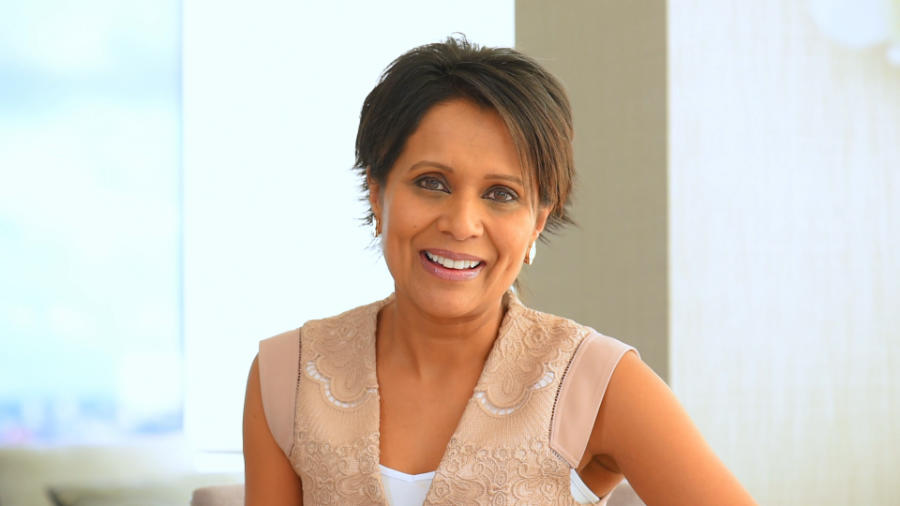Nine Strategies for Conflict Resolution in Business Communication

You’re here because you’re seeking effective conflict resolution strategies in your communication. Well, you’ve come to the right place! This article will help you understand conflicts, listen actively, use non-verbal communication wisely, and enhance your emotional intelligence. You’ll also learn how to practice assertive communication. Get ready to enhance your communication skills and navigate conflicts like a pro!
Key Takeaways
- Conflict resolution methods such as negotiation, mediation, and arbitration are effective in addressing conflicts when communicating.
- Active listening is crucial in bridging communication gaps and enhancing understanding in conflict resolution.
- Non-verbal communication, including body language and facial expressions, plays a significant role in how messages are received and understood in conflict resolution.
- Emotional intelligence, including emotional regulation and empathy development, is essential for effective communication and building trust in conflict resolution.
Understanding the Nature of Conflicts
Conflicts can arise from various sources, and it’s pivotal to identify them accurately to apply effective resolution methods. The sources of conflict typically stem from divergent interests, mismatched expectations, and poor communication. You’ll often find that the heart of a dispute isn’t just what is being said, but what isn’t. Unexpressed feelings, hidden agendas, or misunderstood messages often fuel the fire.
Resolution methods, on the other hand, are tools you can utilize to address these conflicts. These include negotiation, mediation, and arbitration. However, the ultimate goal isn’t merely to resolve the conflict; it’s to establish a system of open, honest communication that prevents conflicts from arising in the first place.
You’ll need to develop the ability to identify the underlying issues and address them before they escalate. This requires a keen understanding of human behavior, a degree of empathy, and a knack for clear communication. Remember, your role isn’t just to mediate conflicts, but to teach others how to communicate effectively to prevent them.
Importance of Active Listening
Why should you prioritize active listening? The answer lies in its capability to bridge communication gaps, enhance understanding, and defuse conflicts. Active listening is not merely hearing what is being said; it’s about understanding and interpreting the underlying messages.
Listening barriers, such as preconceived notions, distractions, and selective listening, can impede effective communication. Your job is to identify and overcome these hurdles. By doing so, you’ll foster an environment where everyone feels heard, validated, and understood, reducing the likelihood of conflicts.
The importance of feedback can’t be overstated in this context. Feedback serves as a mirror to the speaker, reflecting their thoughts and emotions in a way that encourages self-awareness and personal growth. It’s not just about what you say, but how you say it, that can make feedback a powerful tool for conflict resolution.
Active listening, therefore, is crucial in clear communication. It’s an art that requires practice, patience, and a genuine willingness to understand others. By embracing active listening, you’re not just resolving conflicts — you’re nurturing relationships and fostering a culture of mutual respect and understanding.
Effective Use of Non-Verbal Communication
Beyond the words you say, your body language and other non-verbal cues play a pivotal role in how your message is received and understood. This is where the art of body language interpretation comes into play. It’s not just about what you’re saying, but how you’re saying it. Subtle cues like eye contact, posture, and gestures can either reinforce or contradict your verbal messages.
Facial expressions impact communication significantly, too. They’re often the first thing people notice and can set the tone for the entire conversation. For instance, a smile can imply warmth and openness, while a furrowed brow may indicate confusion or disagreement. Mastering control over your facial expressions can greatly enhance your communication effectiveness.
However, understanding non-verbal communication isn’t just about self-awareness. It’s equally important to accurately interpret others’ non-verbal cues. Misinterpretations can lead to misunderstandings and escalate conflicts. Accurate interpretation aids in conflict resolution by providing insight into unspoken feelings and intentions.
Effective use of non-verbal communication is a skill that can be learned and honed. It’s a vital tool in promoting clear, positive, and conflict-free communication.
Role of Emotional Intelligence
You’ll find that emotional intelligence is a cornerstone in conflict resolution, as it empowers you to understand and manage your own emotions, as well as empathize with others’. It’s a powerful tool that fosters effective communication, promotes understanding, and builds trust. When you’re emotionally intelligent, you’re better equipped to navigate conflicts and come up with constructive solutions.
Emotional regulation is an integral part of emotional intelligence. It helps you control your feelings and responses during a conflict. Instead of letting your emotions run wild, you can manage them in a way that’s beneficial to the resolution process. This involves identifying what you’re feeling, understanding why you’re feeling it, and responding appropriately. It’s about being proactive, not reactive.
Empathy development, on the other hand, allows you to put yourself in someone else’s shoes. This helps you understand their perspective, feelings, and needs, which is crucial in resolving conflicts. By developing empathy, you can improve your relationships, create a positive environment, and facilitate productive conversations.
In short, the role of emotional intelligence in conflict resolution is significant. It harnesses emotional regulation and empathy development, which are key in promoting open, honest, and respectful communication.
Practicing Assertive Communication
Building on the nine strategies, the next step for effective conflict resolution is to practice assertive communication, which allows you to express your thoughts and feelings openly, honestly, and respectfully. Assertiveness training plays a crucial role in this process, honing your skills in clearly stating your needs without infringing on the rights of others. This isn’t about being aggressive; it’s about balancing assertiveness.
When you’re assertive, you’re able to articulate your views and also listen to others, fostering a two-way communication that’s essential for resolving conflicts. Studies indicate that assertiveness training significantly improves interpersonal communication, leading to more productive conversations and less strife.
Balancing assertiveness, on the other hand, is about ensuring that you’re neither too passive nor too aggressive. It’s about finding that sweet spot where you’re firm yet respectful, standing up for yourself but also considering others’ perspectives. This balance can significantly reduce misunderstandings, fostering an atmosphere of respect and understanding.
Final Thoughts
In managing conflicts, understanding their nature is your first step. Harness the power of active listening and non-verbal communication; they’re critical in conveying empathy. Mastering emotional intelligence allows you to navigate emotions effectively, while assertive communication fosters respect. These strategies aren’t just quick fixes; they’re crucial skills to master for successful communication. Remember, your ultimate goal is a resolution that’s fair, maintains relationships, and encourages productive dialogue.




